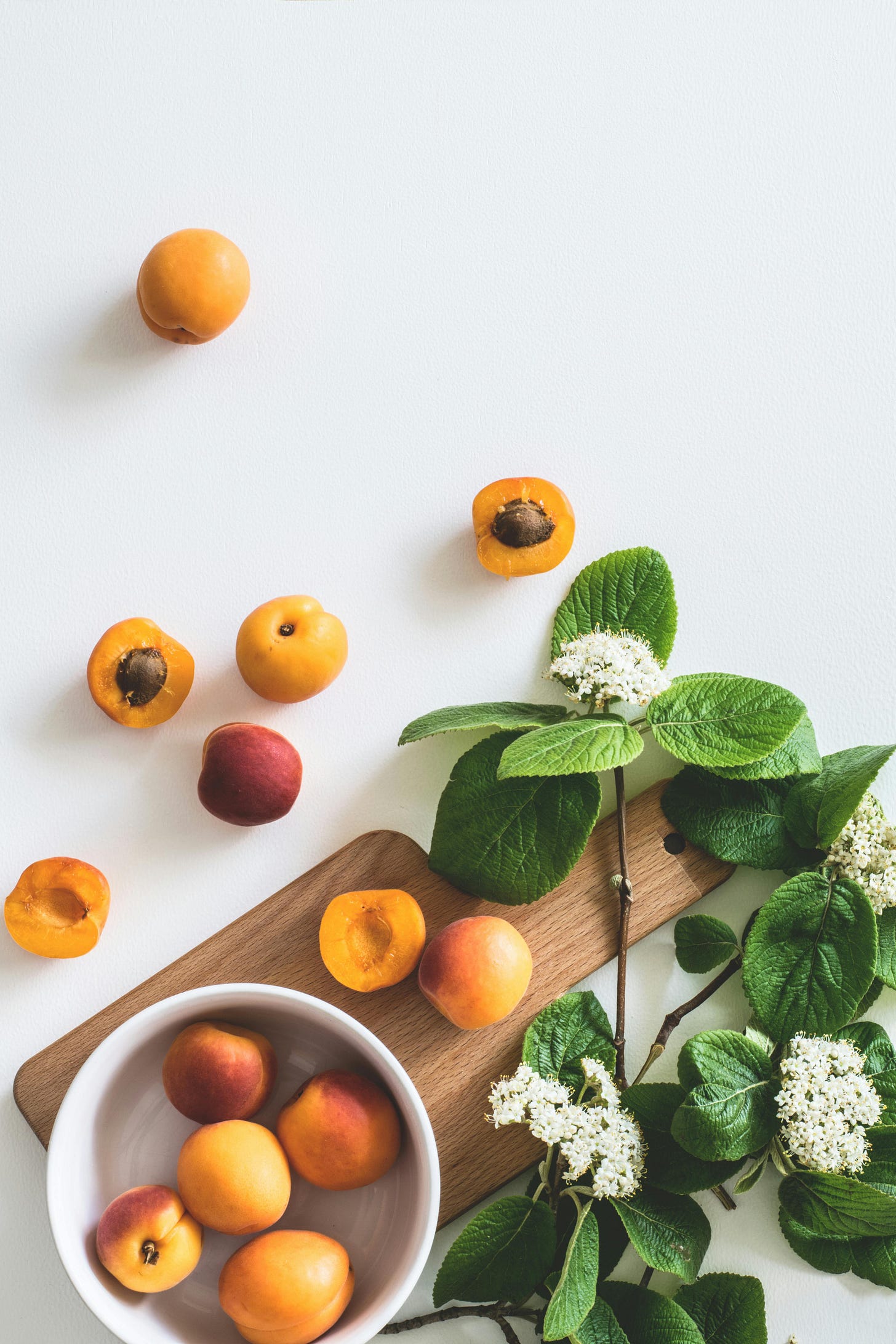Sugar has always been one of the most hotly debated topics in health and wellness. We’re told to avoid it at all costs, but then reminded that fruit is good for us. So where do we draw the line? How much sugar is actually healthy, and does the source (like fruit vs. soda) make a difference?
Our mission is to cut through the noise with science-backed, practical guidance you can actually live by. Let’s explore sugar with clarity without guilt, extremes, or crazy diet rules.
The Truth About Sugar
When we say “sugar,” we’re talking about simple carbohydrates: like glucose, fructose, and sucrose. These are rapidly absorbed into the bloodstream, spiking blood sugar and insulin. Over time, high intakes can contribute to weight gain, insulin resistance, and increased risk of chronic diseases like type 2 diabetes and heart disease.
But not all sugar behaves the same way in your body. That’s where context matters.
Added sugar: Found in sodas, pastries, candy, flavored yogurts, cereals. This is the type that nutrition guidelines tell us to minimize. The World Health Organization (WHO) recommends keeping added sugar below 25 grams (6 teaspoons) per day for optimal health.
Natural sugar: Found in fruits, vegetables, and dairy. Here, the sugar comes packaged with fiber, water, vitamins, minerals, and antioxidants that slow absorption and support health. An apple does not hit your body the way apple juice or candy does.
Think of it this way: added sugar is “naked energy.” Fruit sugar is “dressed in nutrients.”
What About Fruit?
Fruit has gotten a bad reputation in some wellness circles because it contains fructose. But research consistently shows that whole fruit consumption is associated with better health outcomes, not worse. That’s because:
Fiber buffers the sugar spike. An orange gives you vitamin C, potassium, and 3g of fiber, while orange juice skips the fiber and delivers sugar straight to your bloodstream.
Antioxidants counter inflammation. Berries, apples, kiwis—all contain phytonutrients that help combat oxidative stress.
Satiety signals kick in. Try eating four apples in a row. Hard, right? But you could drink the sugar equivalent in apple juice in seconds.
So unless you have a medical condition requiring restriction (like diabetes under medical supervision), whole fruit is not the enemy. It’s an ally.
Here’s how you can apply this knowledge without obsessing over grams or labels:
Limit added sugar to <25g/day. That’s roughly one small pastry or soda. Save it for when it’s truly worth it.
Enjoy 2–3 servings of whole fruit daily. Prioritize low-glycemic fruits (berries, apples, pears) if blood sugar balance is a concern.
Skip fruit juices and dried fruit “snacking.” These concentrate sugar without fiber.
Pair fruit with protein or fat. Apple with nut butter, berries with Greek yogurt, or pear slices with cheese = balanced energy.
Notice your energy and cravings. Sugar crashes can masquerade as “afternoon fatigue.” Swapping sweets for fruit + protein often stabilizes mood and focus.
The Bigger Picture: Longevity & Balance
Sugar, like many things, is about dose and context. A croissant won’t ruin your health, and a banana won’t derail your longevity. What matters is the pattern over weeks, months, years.
At Naia, we’re redefining health not as perfection, but as harmony: fueling your body with foods that nourish, moving with purpose, and cultivating the resilience to thrive. By making sugar choices consciously you free yourself from diet culture while investing in a healthier, longer life.
✅ Key Takeaway for the quick readers:
Limit added sugar to under 25g per day.
Don’t fear fruit—2–3 servings daily supports health and longevity.
Choose whole foods, balance them with protein and fat, and listen to your body.
Your future self will thank you
With health and love,
Miral & Adam
Team Naia
Instagram community for everyone who wants to be part of the movement.
.




